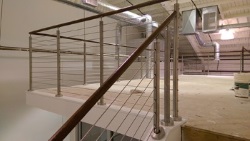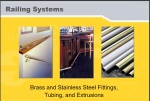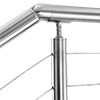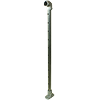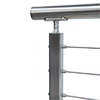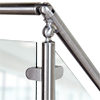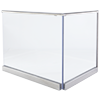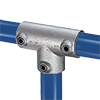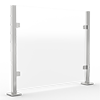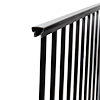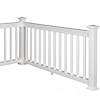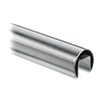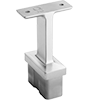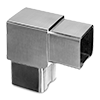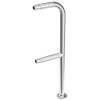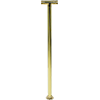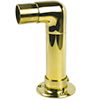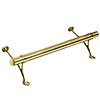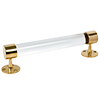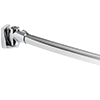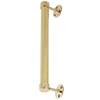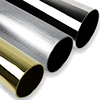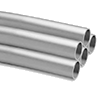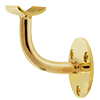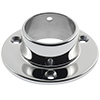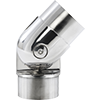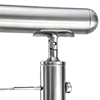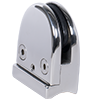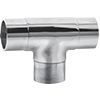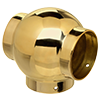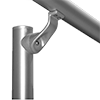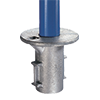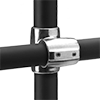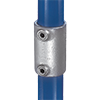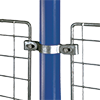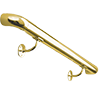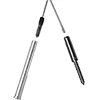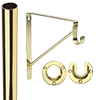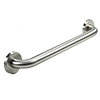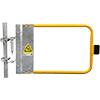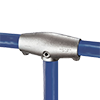What is the Difference Between Pipe and Tube
Many people are unsure of the difference when it comes to pipe vs tube.
A lot of people even make the mistake of assuming that there is no real difference between pipe and tube and that they're both the same thing.
Many people also ask questions like “What is the difference between pipe, tube, and hose?” and so on.
The truth of the matter is that even though terms like pipe and tube can often be used interchangeably, there is a real difference to take into account.
This difference appears in aspects like function, tube and pipe dimensions, tube and pipe diameter, measuring pipe diameter and tube size, and so on.
This guide will attempt to answer the question of “What is the difference between pipe and tube?” It will help you better understand what a pipe is, what a tube is, and what similarities and differences the two have.
What is Pipe?
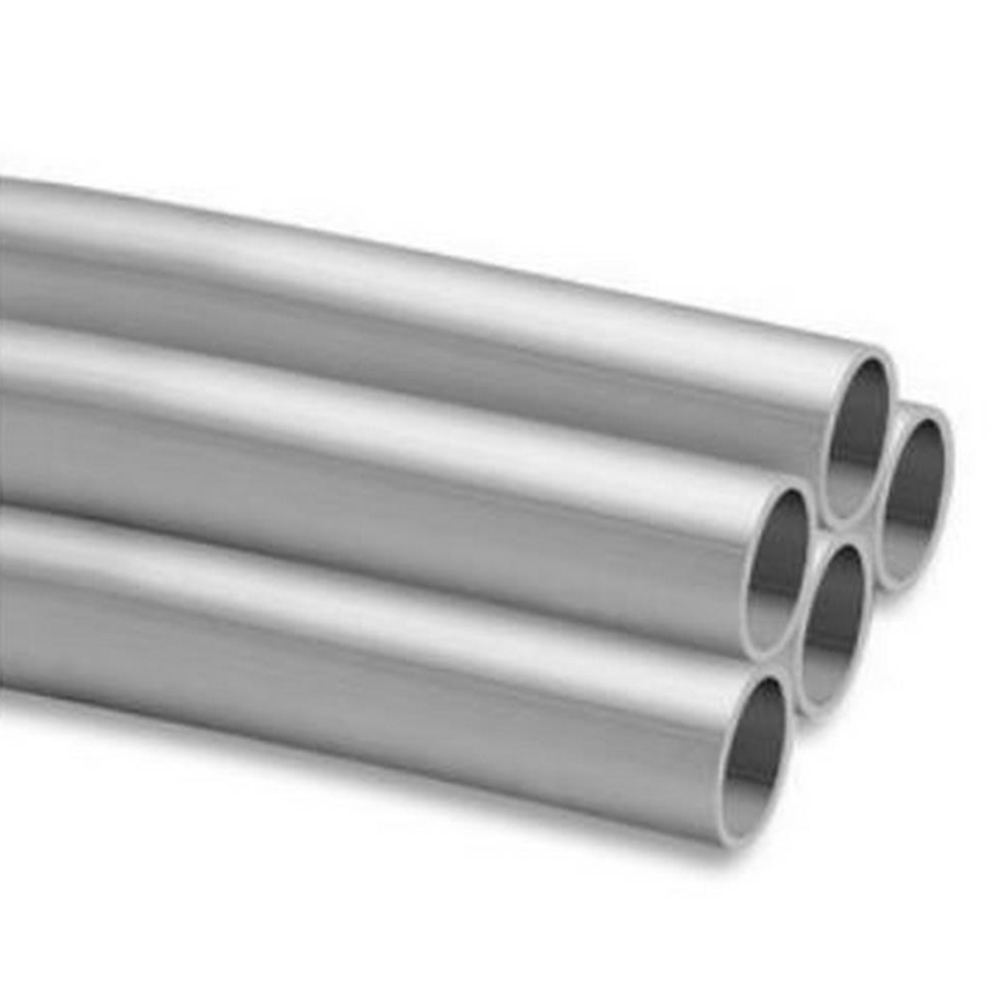 Let's begin our exploration of “What is the difference between tube and pipe?” by taking a closer look at pipes.
Let's begin our exploration of “What is the difference between tube and pipe?” by taking a closer look at pipes.
From a technical point of view, pipes are tubular, hollow vessels that can be used in piping or pipelines. They feature a round cross-section and are primarily designed to transport substances or products from one place to another.
These products can be in various forms like liquid, gas, or even powder. Pipe is also utilized in more industrial settings for railing and hardware related projects.
Pipes come in a set of standard sizes known as Nominal Pipe Size - NPS. The NPS of a pipe tells us its interior diameter.
You can work out the interior diameter ID, also known as the nominal diameter, by calculating the outside diameter OD and the wall thickness WT.
This is the nominal diameter definition. It's an essential pipe diameter measuring tool for working out steel or PVC pipe measurements. Anyone wondering about “How to measure pipe fittings” or “How to measure PVC pipe size” needs to understand the nominal diameter of pipe.
To make things simple in regard to how to measure pipe thread, you can use a pipe tape measure or pipe measurement chart. This can help you work out the inside diameter of pipe and other key metrics.
When you're looking at dimensions of pipe in general, here are the two most important dimensions to take into account: pipe wall thickness and the diameter of the pipe. Once you know the OD and the wall thickness, you'll know all you need to know.
The thickness is also known as the pipe schedule. Schedule 40 pipe is a very commonly used type, but higher schedules of steel pipe can be utilized. Different schedule pipe sizes have different advantages.
So, if you've ever asked questions like “How to measure pipe diameter?” “How to measure PVC pipe?” or “How to measure PVC pipe diameter?”, now you have a better understanding.
What is Tube?
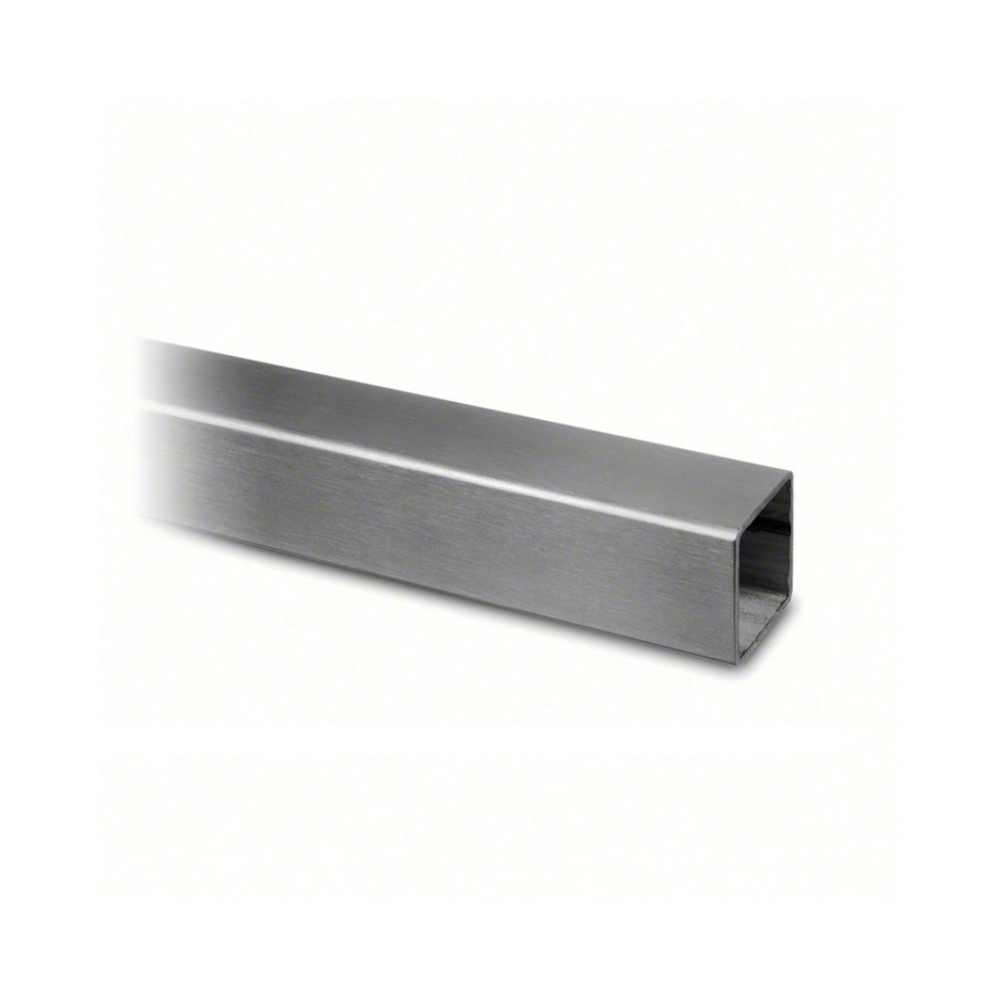 Now let's take a look at the question of “What is the difference between pipe and tube?” from the perspective of the tube.
Now let's take a look at the question of “What is the difference between pipe and tube?” from the perspective of the tube.
While pipe is typically round in shape, tube can be a number of different shapes. You can find round, square, oval, and rectangular sections of tubing, which are hollow, just like pipes.
Tubing has a range of different uses. It can be used for structural purposes, for instance, or it may have mechanical uses or features in high-pressure equipment.
When it comes to measuring tubes or buying tubes of a certain size, the key dimensions to take into account are the outer diameter and wall thickness. These are measured in either inches or millimeters.
The Basic Difference Between Pipe and Tube
Now that we have a better understanding of the precise definitions and aspects of tubes and pipes, it's easier to figure out the answer to a question like “What is the difference between pipe and tube?”
There are actually quite a few differences. For starters, tube is mostly used for structural purposes, whereas pipe is a vessel for the transportation of substances. Tube size is measured with its OD, while piping is measured differently and has its own set of standards.
There's also the difference in shape; you can look at a stainless steel pipe and a stainless steel tube and see different shapes each time, with pipes always being round and tubes sometimes being oval, square, or rectangular.
Pipes have a larger production range than tubes and can be much bigger usually.
They're made in different ways too, with pipes being made via automated processes while tube manufacturing can take a lot longer.
Even in terms of price, the two can differ, with pipes often being more affordable than tubes, and when we look at materials, we can find pipes in many options, while tubes will usually only be found in carbon steel, alloys steel, or nickel.
Determine What You Need for Your Project
Once you know the real difference between pipes and tubes, choosing the right product for your project can be a lot easier, and it is also much simpler when you know how each one is measured to help you find the right size.
The most important thing to remember is the functions of each product.
Don't forget that tubes are all about structural and mechanical uses, while pipes are specifically designed to move things around.
If you have ever found yourself hesitating between tube vs pipe steel, for example, or unsure about whether your next DIY job or large building project requires tubes or pipes, draw on this knowledge to tell them apart with ease and choose the ideal item for your needs.




